In the sweeping annals of Egyptian history, few figures have etched as profound an impact as Ahmose I, the warrior pharaoh whose reign heralded the dawn of the New Kingdom. His ascension to the throne was not merely a change of guard; it was a revolutionary tide that cleansed the fragmented lands of foreign dominion and re-forged a culture that would resonate through millennia. Ahmose I’s credentials are unparalleled: a liberator, a unifier, and a visionary, his story is one of resilience, strategic brilliance, and an undying devotion to his people and their deities. This article unveils the life of Ahmose I from a unique vantage point, piecing together his narrative through a tapestry of archaeological findings, historical texts, and modern interpretations, ensuring that every fact presented is a thread contributing to the rich mosaic of his enduring legacy.
| Origin | Ancient Egyptian Civilization |
|---|---|
| Classification | Pharaoh |
| Family Members | Seqenenre Tao (Father), Ahhotep I (Mother), Amenhotep I (Son), Kamose (Brother) |
| Region | Egypt |
| Associated with | The Eighteenth Dynasty, Expulsion of the Hyksos, Reunification of Egypt |
1. The Historical Tapestry Preceding Ahmose I
Egypt Before the Storm
To truly grasp the magnitude of Ahmose I’s ascent, one must first understand the tumultuous era that predated his rule. Egypt’s grandeur was eclipsed during the Second Intermediate Period, a time marked by fragmentation and chaos. The once unassailable unity of the Middle Kingdom had crumbled, leaving the Nile Valley segmented under the rule of foreign Hyksos kings and native Egyptian rulers confined to Thebes. This division sowed the seeds for economic strife, weakened military structures, and a loss of cultural cohesion, setting a stage ripe for the rise of a unifier.
The Second Intermediate Period: A Nation Divided
The Second Intermediate Period was characterized by its complex political landscape. The Hyksos, wielding advanced weaponry and chariots, dominated the Delta region, introducing new technologies but also imposing a foreign yoke upon the native populace. In the south, the Theban rulers, seen as the legitimate Egyptian lineage, struggled under this suppression. The social fabric of Egypt was tested, with trade, traditional religious practices, and the very identity of the nation at stake.
The Crucible of Leadership
It was within this crucible of uncertainty and oppression that Ahmose I’s character was forged. The challenges of the Second Intermediate Period were not merely hurdles but also catalysts for a resurgence of Egyptian autonomy. The Hyksos occupation instilled a fierce sense of nationalism in the Theban princes, and Ahmose I, having grown up amidst this ideological ferment, would come to epitomize this new patriotic spirit. Ahmose’s ascent to power exemplifies and testifies to the resilience of the Egyptian identity, which simmered under the surface, anticipating a leader of his caliber to seize and manifest it. Through meticulous research and analysis, this article will explore how the prevailing historical forces sculpted the man who would become known as Egypt’s liberator.
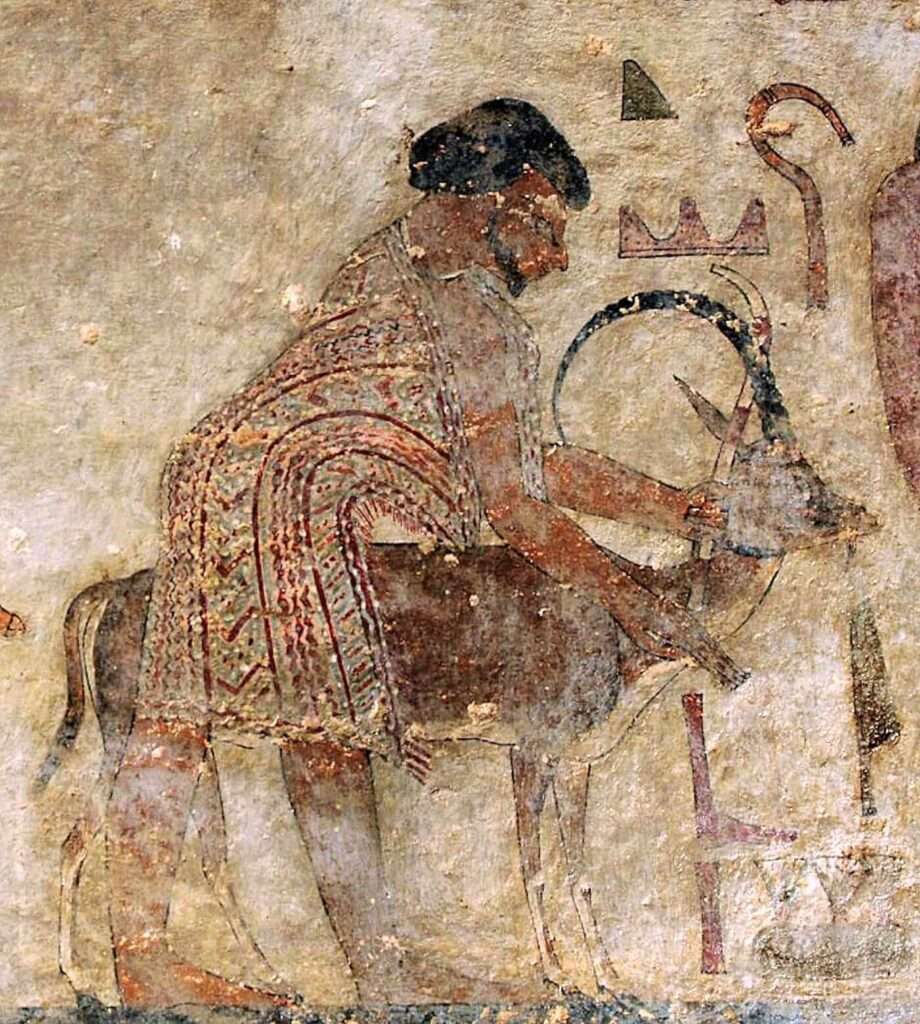
2. The Rise of Egypt’s Liberator
Birthright and Lineage of a Future King
Ahmose I, born of royal Theban blood, was the son of Seqenenre Tao and Queen Ahhotep, a lineage that steeped him in the legacy of rulership and rebellion. His early life was shadowed by the ongoing conflict with the Hyksos, a narrative documented in the annals of the Turin Canon and the inscriptions within his own tomb. The premature death of his father and brother, Kamose, thrust Ahmose into the limelight, not merely as a prince but as the spearhead of Egypt’s resurgence.
From Prince to Pharaoh: The Struggle for Egypt
The tale of Ahmose I’s rise is a chronicle of tenacity. As a young man ascending the throne, Ahmose I marked his initial years with military campaigns aimed at expelling the Hyksos. The walls of the Temple of Amun at Karnak vividly depict the account of his eighteen-year struggle, offering a factual basis for his military prowess. The siege of the Hyksos capital, Avaris, and the subsequent campaigns in the Near East, were pivotal in not only reclaiming Egyptian territory but also in solidifying his status as a ruler forged in the crucible of war.
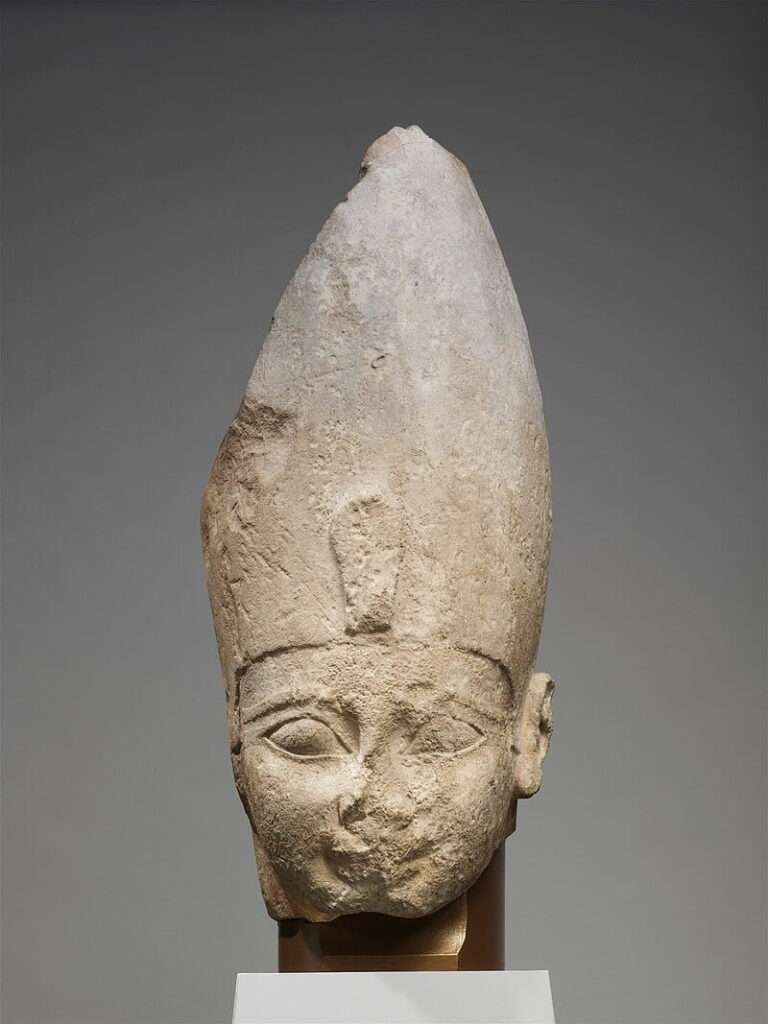
3. Ahmose I’s Strategic Mastery in Warfare
The Conquests that Forged an Empire
Ahmose I’s military campaigns were pivotal in the reclamation and expansion of Egyptian sovereignty. His relentless pursuit of the Hyksos culminated in the capture of Avaris, a turning point documented on the walls of temples such as Karnak, where the narratives of victory resonate with the voice of history. But Ahmose’s ambition did not wane with this triumph; he pressed northward, asserting control over the Hyksos’ allies and restoring Egyptian influence in regions like Nubia, securing Egypt’s borders.
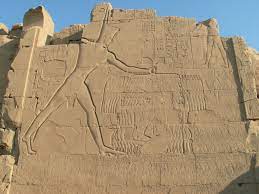
A New Dawn in Egyptian Military Tactics
Analysis of Ahmose I’s military engagements reveals a leader who was not only a capable warrior but also a revolutionary tactician. His integration of the Hyksos’ own advancements, such as the composite bow and the horse-drawn chariot, into the Egyptian arsenal demonstrates a remarkable adaptability and foresight. Unlike his predecessors, Ahmose I understood the power of naval supremacy, which he utilized in the siege of Avaris, effectively blockading the city and cutting off supply lines.
His strategies extended beyond the battlefield. Ahmose I’s campaign in Nubia was not solely for conquest but also to secure trade routes and resources, a move that showcased his understanding of the economic underpinnings of a stable empire. His military reforms, which included the establishment of a standing army, fortified Egypt’s military might for generations to come.
4. Ahmose I’s Reformative Vision
The Architect of a New Administration
Ahmose I’s reign was a renaissance not only in terms of territorial expansion but also in administrative innovation. Recognizing the need for a centralized authority, he restructured the governance system, reinstating and reinforcing the role of the Pharaoh at the apex of power. This move was instrumental in stabilizing the nation post-Hyksos rule, as evidenced by the decrees found in the administrative records of the time, which reflect a more direct royal control over resources and provinces.
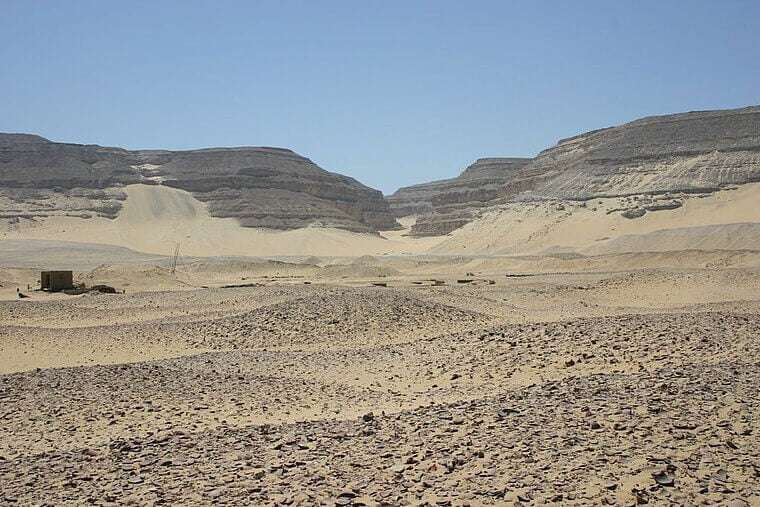
Economic Revival and Cultural Renaissance
The economic reforms under Ahmose I were both ambitious and far-reaching. By reopening quarries, mines, and trade routes that had been neglected during the Hyksos occupation, he revitalized Egypt’s economy. The rebuilding of the canal at the First Cataract, as detailed in the inscriptions at Karnak, not only facilitated trade with Nubia but also symbolized the restoration of Egypt’s might.
Culturally, Ahmose I initiated a period of prolific construction, commissioning temples and monuments that celebrated Egyptian deities and cultural identity. These projects not only reinforced the spiritual foundations of his rule but also provided employment, stimulating the economy further. The shift back to traditional Egyptian values and aesthetics was a deliberate move to re-establish a cultural continuity that had been disrupted by foreign influence.
The Legacy of Ahmose’s Reforms
The long-term impact of Ahmose I’s reforms can be traced through the sustained prosperity and power of the ensuing New Kingdom. The administrative and economic structures he put in place created a model of governance that subsequent pharaohs would emulate. By examining the enduring effects of his policies, this section will offer a nuanced understanding of how Ahmose I’s leadership shaped the political and cultural landscape of ancient Egypt, laying the groundwork for what many consider to be its most glorious era.
5. Divine Favor and Hero Worship
Ahmose I: Pharaoh Under the Gods
Ahmose I’s relationship with the gods was not only foundational to his rule but also to his posthumous veneration. His careful cultivation of this relationship is evident in the religious texts of the time, which often depict him in close communion with deities such as Amun, the king of gods. The restoration and construction of temples under his command were acts of piety that underscored his divine mandate. Moreover, his name, Ahmose, meaning “The Moon is Born” or “Child of the Moon,” inherently linked him to the moon god Iah, further solidifying his divine association.
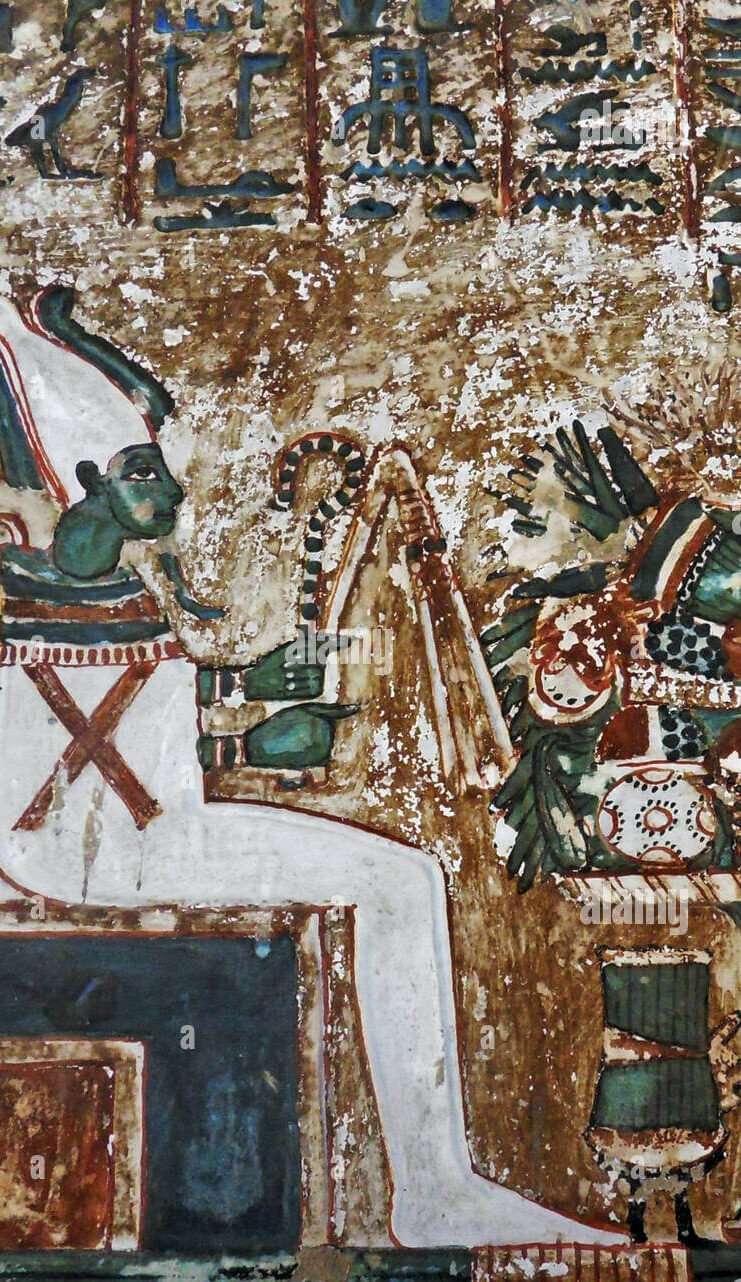
From Mortal to Divine: The Path to Deification
The process of Ahmose I’s deification began with his death and was solidified through the continued reverence of his successors. Inscriptions and temple reliefs from later periods, particularly in the area of Abydos, offer glimpses into the rituals and offerings made to Ahmose I, elevating him to a god-like status. This reverence is a testament to the lasting impact of his religious reforms and the central role he played in the Egyptian pantheon.
The Cult of the Hero-King
The hero-cult of Ahmose I bears striking parallels to those found in other ancient cultures, where great leaders and warriors were often deified. By comparing these practices, it becomes clear that such veneration was not only a tribute to the individual’s achievements but also a mechanism for reinforcing social cohesion and legitimizing the political order. The cult surrounding Ahmose I served as both a unifying force and a perpetual reminder of the might and piety of the Egyptian state.
6: The Stones of Legacy
Monuments as Testaments to Greatness
Ahmose I’s reign is marked by a prolific architectural legacy that attests to his prosperity and vision. The construction projects undertaken during his time were not mere structures of stone and mortar; they were symbols of a revived civilization. A profound example is the pyramid at Abydos, which, although modest compared to the Old Kingdom’s colossal structures, signaled a return to the royal burial traditions of Egypt’s illustrious past.
Virtual Resurrection of Ancient Splendor
Through the lens of modern technology, Ahmose I’s architectural feats have been brought back to life. Detailed 3D reconstructions of his constructions, based on meticulous archaeological excavations, offer a vibrant glimpse into the past. These digital models, often augmented by virtual reality, allow us to walk the corridors of his temples, stand at the foot of his monuments, and appreciate the grandeur of his reign as if we were subjects in his kingdom.
Voices of Authority on Ancient Edifices
The significance of these structures is further illuminated by the insights of leading Egyptologists. Their expertise bridges the gap between past and present, providing context to the architectural language of Ahmose I’s time. Commentary on the strategic placement of his buildings, the choice of materials, and the artistry of the hieroglyphs adorning these edifices sheds light on the multifaceted nature of his accomplishments.
In this section, the article will present an in-depth examination of Ahmose I’s architectural innovations, complemented by expert analysis and enhanced by visual reconstructions. It will underscore the dual role of these monuments as both sacred spaces and political statements, embodying the Pharaoh’s power, religious devotion, and his undying commitment to Egypt’s cultural renaissance.
7. Echoes of Ahmose I in the Modern World
Timeless Lessons in Leadership
The narrative of Ahmose I transcends the boundaries of time, offering enduring lessons in leadership that remain relevant in the modern era. His strategic acumen, resilience in the face of adversity, and visionary policies set a precedent for effective leadership. Today’s leaders can draw inspiration from his unification of Egypt, seeing in his story a blueprint for overcoming division and fostering a collective identity.
Weighing the Words of Antiquity
The reliability of ancient texts as historical sources is a subject of ongoing scholarly debate. While these texts provide invaluable insights into Ahmose I’s era, their interpretation requires a careful balance between reverence for the past and critical analysis. By scrutinizing these ancient narratives with a judicious eye, historians reconstruct a past that informs our understanding of political, military, and cultural evolution.
Interpreting Ahmose I Through a Contemporary Lens
Ahmose I’s actions, celebrated in his time as divine providence, are subject to different interpretations today. In a world that increasingly understands the complexities of power and the subtleties of imperialism, we must view his conquests and policies through the ethical and cultural lenses of his era and our own. This balanced perspective allows for a more nuanced appreciation of his legacy and its implications for modern governance and societal development.
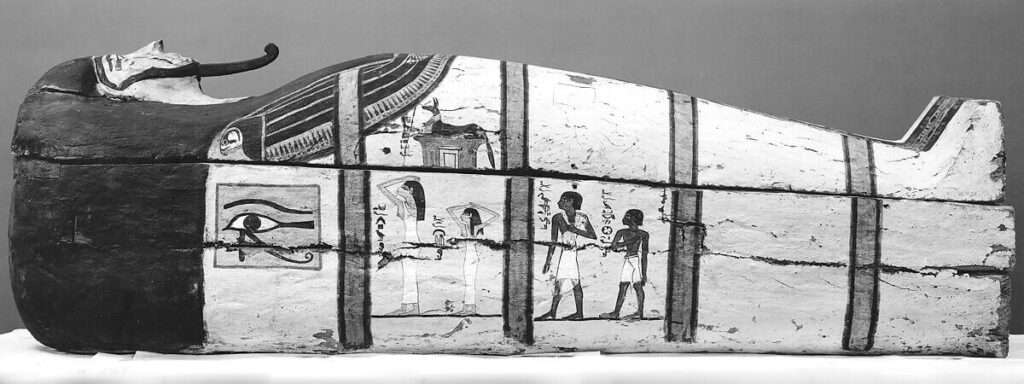
8. Conclusion
In the annals of history, Ahmose I emerges not just as a figure of antiquity but as an emblem of enduring leadership whose legacy continues to enlighten and inspire. This article has traversed the multifaceted narrative of Ahmose I, from the depths of his strategic military conquests to the heights of his architectural grandeur, offering original insights into his administration and the religious fervor that led to his deification. It has critically engaged with ancient texts and modern reconstructions to present a comprehensive portrait of a ruler whose actions laid the cornerstone for Egypt’s New Kingdom and whose story imparts timeless lessons in unity and governance. As we continue to unravel the threads of Ahmose I’s reign through ongoing research, his life remains a testament to the power of resilience and vision in shaping history.
